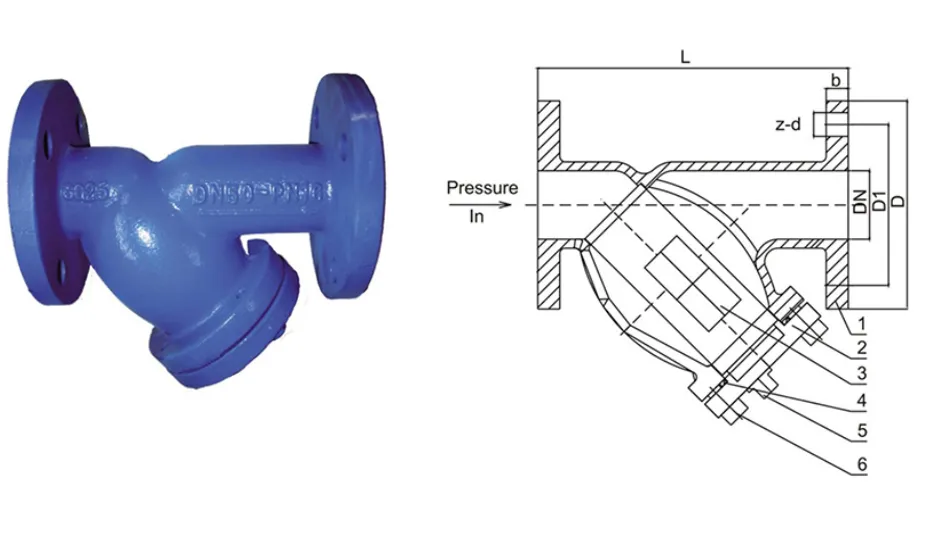Pro . 20, 2024 00:21 Back to list
standard wire and cable
Understanding Standard Wire and Cable An Essential Guide
Wire and cable are fundamental components in electrical and electronic systems, serving as the backbone for power distribution and signal transmission. The importance of understanding standard wire and cable specifications cannot be overstated, as they directly impact the efficiency, safety, and reliability of electrical installations.
What are Wires and Cables?
At the core of electrical systems, wires and cables both conduct electricity, but they serve different purposes and are constructed differently. A wire is a single conductor, usually made of copper or aluminum, that is insulated to prevent electrical leakage. Cables, on the other hand, consist of multiple wires bundled together, which may include additional insulation, shielding, and protective sheathing.
Types of Standard Wires and Cables
Standard wire and cable classifications can be based on various factors, including application, size, and material. Here are a few commonly used types
1. Twisted Pair Cable Commonly used in telecommunications and networking, twisted pair cables consist of pairs of wires twisted together to reduce electromagnetic interference (EMI). They can be shielded or unshielded, with shielding providing additional protection against external signal disruption.
2. Coaxial Cable Used for transmitting radio frequency signals, coaxial cables consist of a central conductor, an insulating layer, a metallic shield, and an outer insulating layer. Coaxial cables are widely used in cable television, internet connections, and CCTV systems.
3. Fiber Optic Cable These cables use light to transmit data and are known for their high-speed capabilities. Fiber optic cables contain thin strands of glass or plastic, enabling long-distance data transmission with minimal signal loss.
4. Electrical Wires Electrical wires, such as THHN (Thermoplastic High Heat-resistant Nylon-coated) or UF (Underground Feeder) wires, are designed for specific applications in residential, commercial, and industrial environments. Their standards ensure safety and compliance with electrical codes.
The Importance of Standards
The International Electrotechnical Commission (IEC) and the American National Standards Institute (ANSI) are two organizations that develop and publish standards for wires and cables. These standards specify parameters like conductor size, insulation materials, voltage ratings, and temperature ratings, ensuring products meet safety and performance requirements.
standard wire and cable

Using wires and cables that conform to these standards is crucial for several reasons
2. Performance Standardized cables ensure consistent performance, including data transmission speeds and power handling capabilities, which are critical for modern electrical systems.
3. Compatibility Standardization allows for interoperability among various components and systems, reducing the chances of discrepancies during installation or maintenance.
4. Quality Assurance Products that meet industry standards are often subjected to rigorous testing, ensuring that they can withstand operating conditions and providing peace of mind to consumers and professionals alike.
Selecting the Right Wire and Cable
When choosing wires and cables for a specific application, several factors must be considered. These include
- Application Requirements Different applications have unique demands. For example, high-power applications may require thicker, more robust cables, while low-power applications can utilize thinner wires.
- Environmental Conditions Consider whether the cables will be exposed to moisture, chemicals, or extreme temperatures, and choose materials accordingly.
- Compliance and Certification Always select products that meet relevant regulations and standards. Look for certifications from recognized testing laboratories.
Conclusion
Understanding standard wire and cable is essential for anyone involved in electrical work, whether as a professional or a DIY enthusiast. With a variety of types and specifications, the right choice can ensure efficient, safe, and reliable electrical installations. Investing time in selecting the appropriate wires and cables will ultimately lead to better performance and longevity of electrical systems. Always consult with experts and reference standards to make informed decisions in your projects.
Share